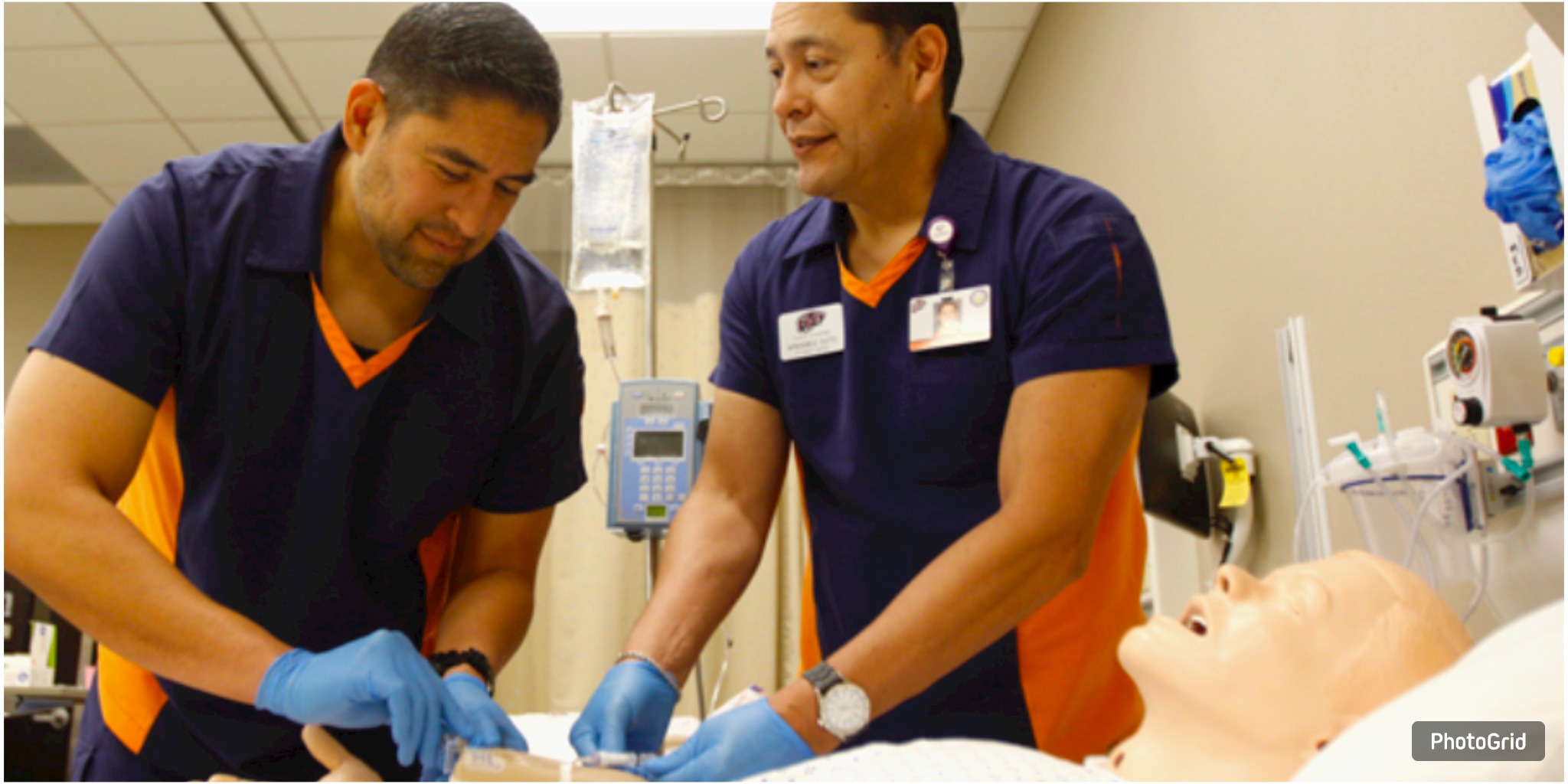Texas’s nursing workforce has become more diverse, with Hispanic and male nurses making up a growing share of registered nurses. Experts say the trend is reshaping patient care across the state.

Texas nurses are more diverse than ever, and experts say that’s a positive shift for both patients and the profession.
The nursing workforce in the state, once primarily comprised of white women, has gradually transformed to mirror the shifting demographics of Texas. According to information from the Texas Center for Nursing Workforce Studies, the proportion of male nurses has surged by over 50% since the year 2000, and there has been a notable rise in Hispanic representation in recent years.
Newly graduated nurses are showcasing an even greater diversity. State data reveal that over 60% of the graduates from the 2024 RN program identified as Hispanic, Black, or Asian, with nearly 15% being male. Analysts indicate that these changes are associated with focused initiatives aimed at attracting and keeping diverse populations.
“A lot of nursing and medicine is collaboration,” said Beth Ulrich, professor at the University of Texas Medical Branch nursing school. “And the more different views you can put on a team, generally the better the outcomes.”
Back in 2000, more than three-quarters of Texas RNs were white. That share dropped below 50% for the first time in 2024. Hispanic RNs accounted for more than 21% of the workforce last year, up from 14% in 2014. Black RNs made up 13.5%, and Asian RNs 12.4%.
Experts say diversity enhances trust and communication with patients, especially in communities where language barriers and historical mistrust of medicine remain challenges.
“Everybody wants a competent nurse. That’s number one,” said Serena Bumpus, CEO of the Texas Nurses Association. “But in addition to that, there are many (patients) who also want someone who just understands them.”
Men are also making inroads in the profession. In 2000, just over 8% of RNs were male; today, nearly 13% are. Houston nurse Kendrick Clack said the presence of male nurses helps address health disparities. “It’s my belief we will not be successful in overcoming those disparities until we have more of a presence of male nurses,” he said.
While experts find the trend promising, they emphasize the need for continued investment in recruitment and education. “As long as we continue to encourage people to pursue nursing to reflect the communities that we’re serving, I think we should do good,” said Cristina Dominguez De Quezada, president of the El Paso chapter of the National Association of Hispanic Nurses.
.jpg)
Within minutes of the New Year, hospitals in the Houston area received their first babies of 2026. Memorial Hermann, Texas Children's Hospital, St. Luke's Health, and Houston Methodist all had healthy babies arrive.
.jpg)
Houston closes out 2025 with chilly but calm weather for New Year’s Eve celebrations, followed by a quick warmup on New Year’s Day and springlike temperatures later in the week.
.jpg)
Houston recorded more ICE arrests than any other U.S. city this year, according to newly released federal data analyzed by the New York Times. The figures highlight the impact of President Donald Trump’s renewed immigration crackdown and a sharp shift in who is being detained and deported.